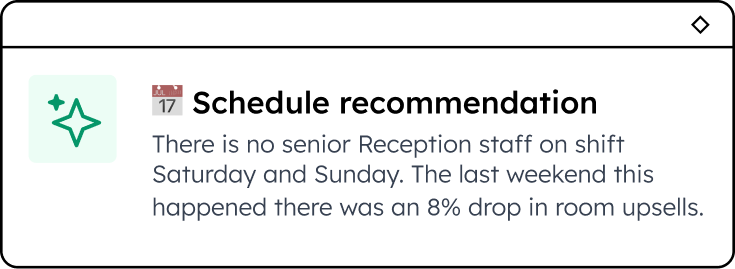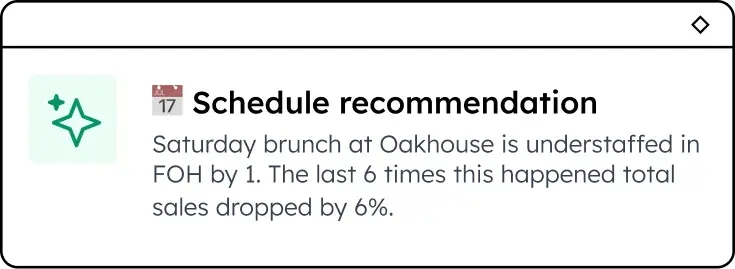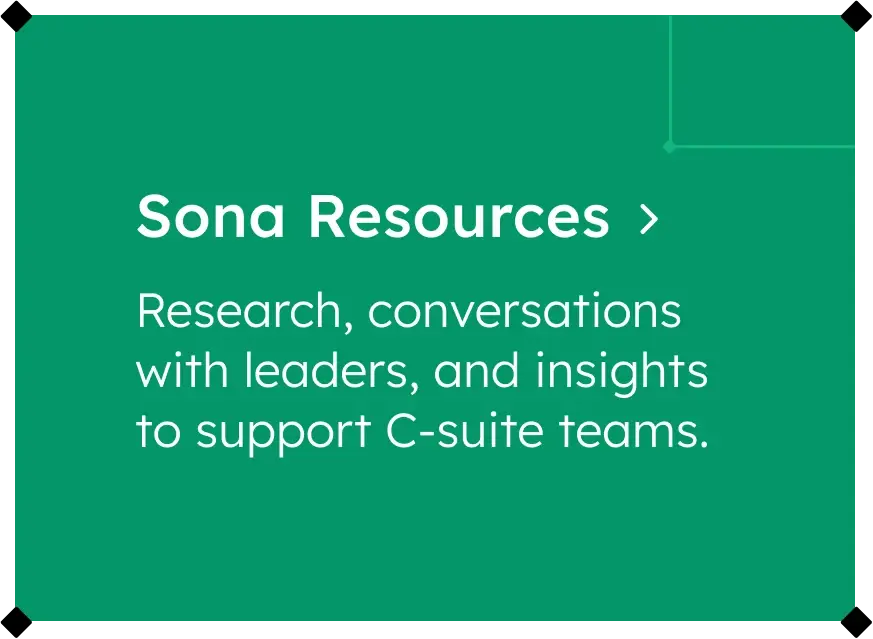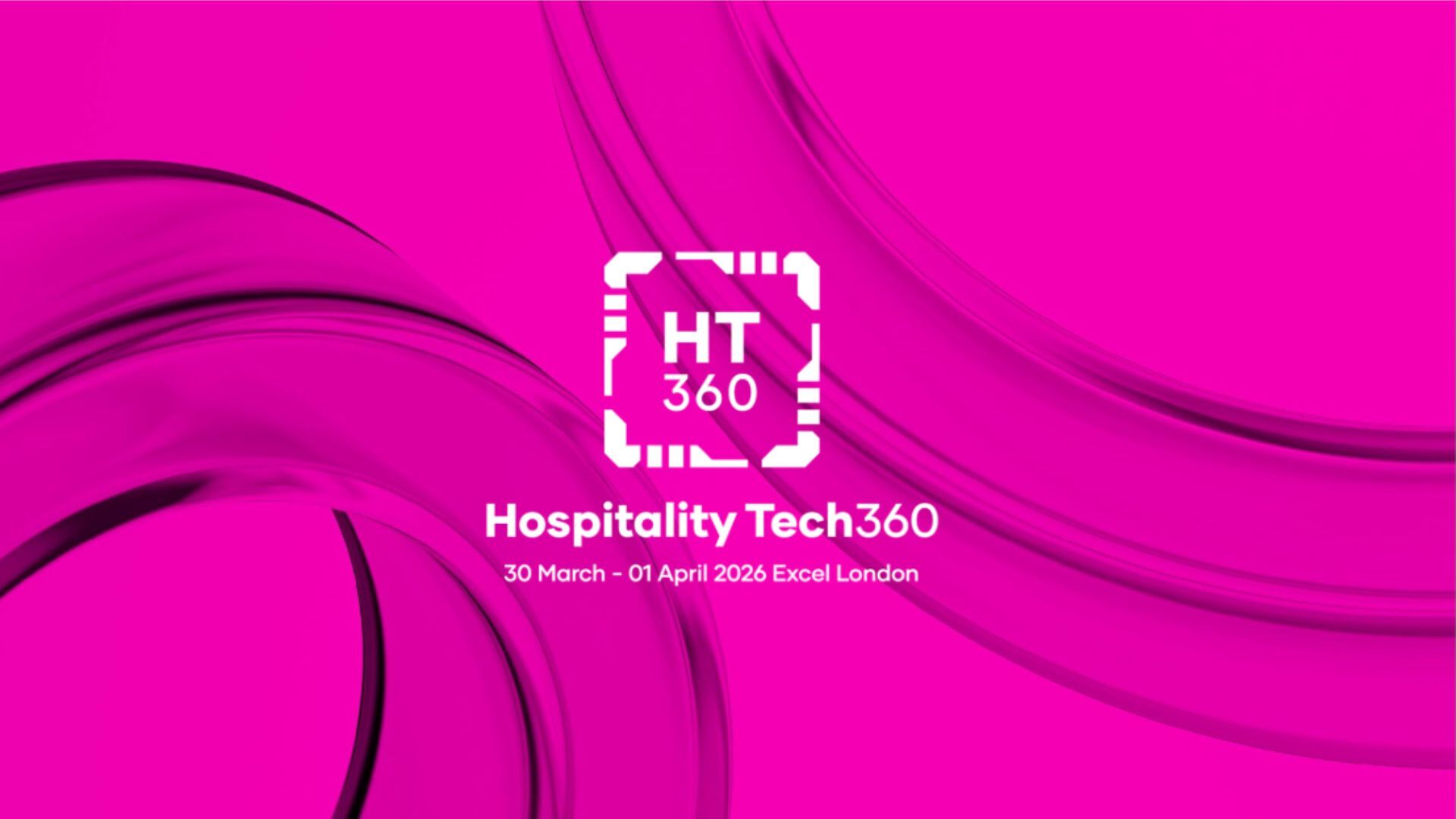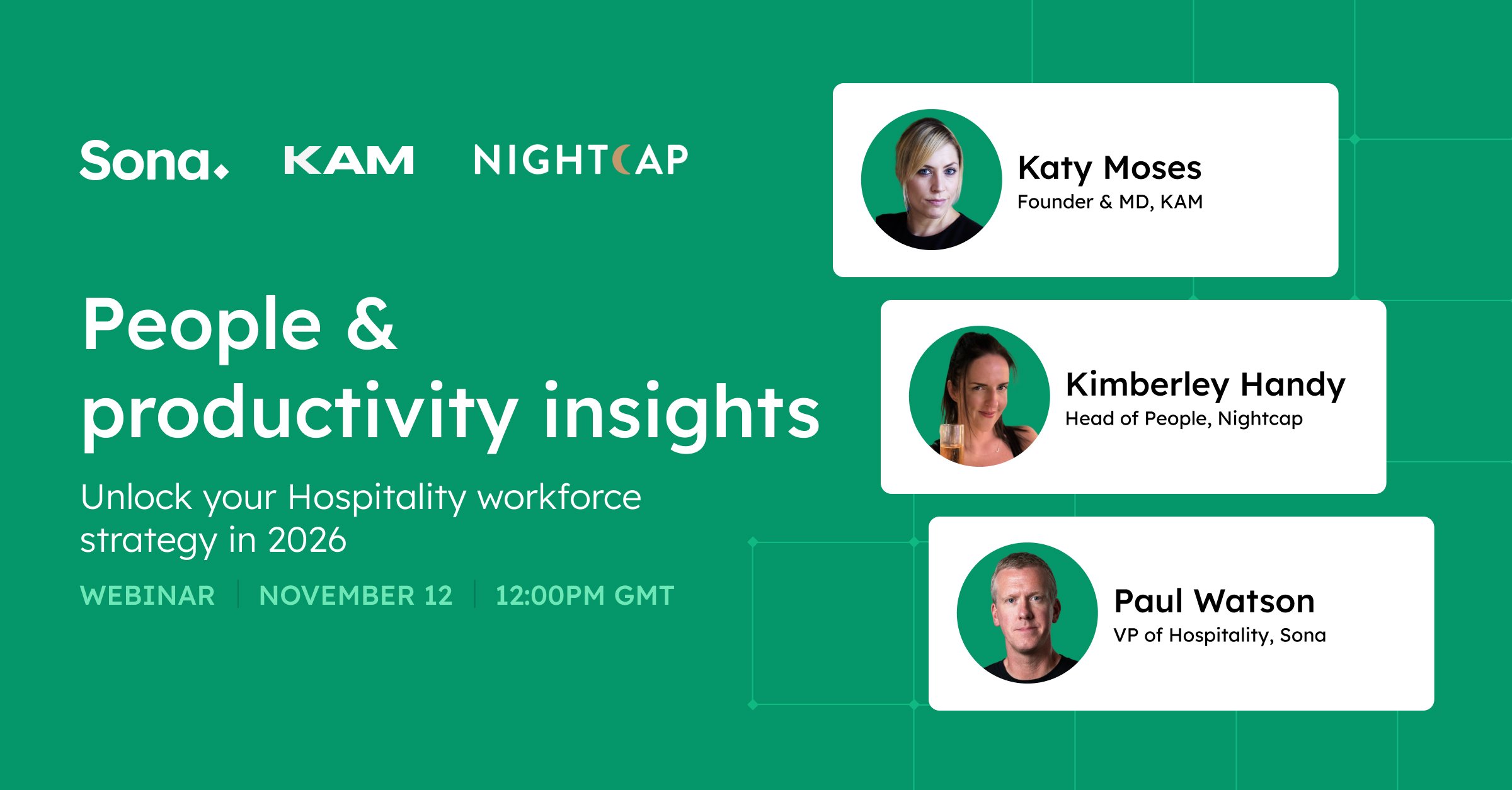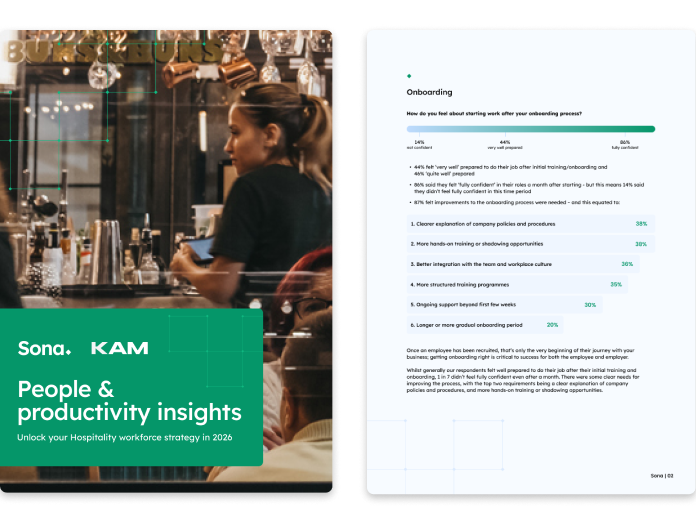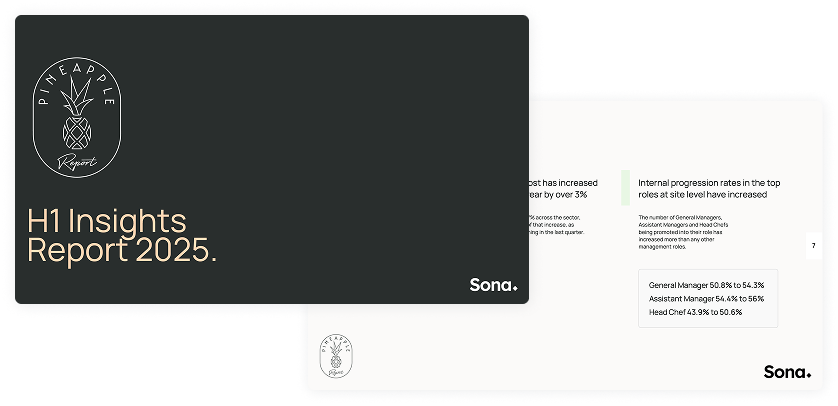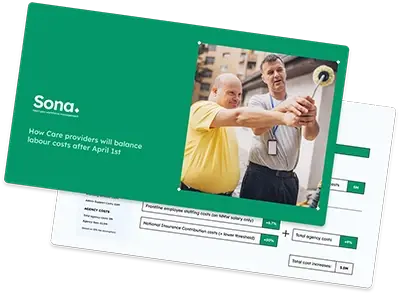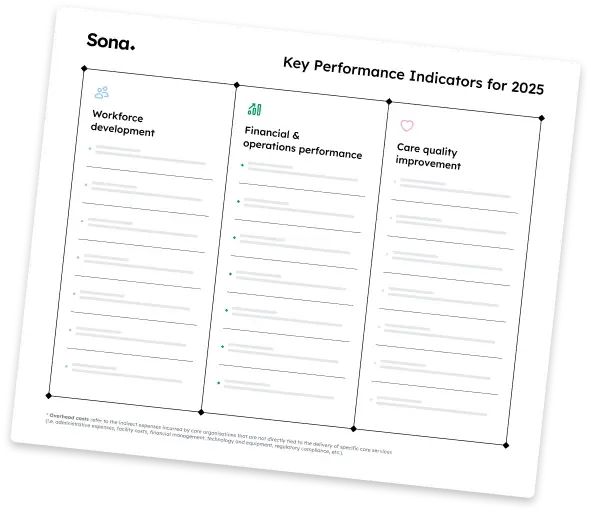Insight, Social Care, Workforce Management, Scheduling
Five benefits of cloud-based shift scheduling software
More and more care organisations are ditching paper rosters and spreadsheets and moving their shift management into the cloud. In this article, we highlight the five key advantages of using modern cloud-based software to stay on top of your shifts.
5 minute read
Roster management is a vital part of day-to-day care operations. It can also quickly become highly complex and time-consuming, often as a result of events that are out of your control.
One of the trickiest parts is getting the roster filled and keeping it that way when gaps inevitably appear - even if you have some workforce management software in place.
It’s one of the first problems we sought to solve for our customers, helping them move away from labour-intensive methods of finding shift cover and towards greater automation through our cloud-based shift filler platform.
There can be some challenges while making this transition, of course. But the consistent feedback from our customers is that it is an extremely worthwhile journey to go on and the investment quickly pays off.
So what are the main benefits of using modern shift management software?
1. Less time on admin, more on delivery
Let’s start with the most obvious, but perhaps also the most valuable benefit - hours back in your week.
People choose a career in care - to care. So any time saved on admin is time that can be reallocated to the tasks that matter most to your patients/residents and teams.
The system instantly determines which staff are eligible and can be available to work a shift and the employee app automatically notifies them that there is a new shift available.
By filling the majority of their available shifts this way, our customers aren’t having to do as many painstaking ring rounds and back-and-forth exchanges over text or email.
This means they’re filling over 70% of open shifts within 24 hours and managers are getting 5 hours a week back with Sona.
2. Everyone’s on the same page
If your teams are still using paper or spreadsheet-based schedules, there’s always the risk that important changes or outstanding actions are missed or misinterpreted. It puts a disproportionate burden on whoever is in charge of the rota to keep their own accurate records of what they’ve done and pass on that information to anyone they need to hand over to.
When there are gaps in communication, or a strong breeze removes a key post-it note, what happens? Jane and Marcus both turn up to cover that single gap in the rota. Or no one turns up.
Shift fulfilment software gives you a single source of truth when it comes to who is covering which shift.
Schedules update in the employee app in real-time. Auto-notifications ensure that important changes and new shifts get seen.
The result is fewer double-bookings, less rota-based confusion, and a happier payroll department.
3. Solve issues anywhere, any time
The internet helps us solve lots of everyday problems more quickly. You don’t need to go to the bank to transfer money or wait on hold to change your dinner reservation because that information is held digitally so that it can be changed instantly.
Work shouldn’t be any different. No one wants to have to drive 30-45 minutes (or more) into the office on the weekend to amend a schedule. Being able to bring up the live roster, make changes, and automatically contact care staff about shift cover (if needed) from anywhere you have an internet connection means you can respond more quickly and save yourself and your teams a lot of hassle.
Having access to Sona any time is so useful. When several emergencies arose for our staff, meaning they needed shift changes, I was able to upload these shifts and ensure we had cover in good time.
Team Leader, Praxis Care
4. More engaged teams
If you want your employees to thrive when they’re at work, they have to be truly switched off when they’re not. That’s not going to happen if they’re getting urgent calls, texts and emails from their manager while they’re trying to enjoy lunch on their day off.
Moving communication about their shifts and schedules to a dedicated app gives them the choice and control over when to engage with work and when to switch off. And by sending fewer messages about shift cover, they are less likely to miss other important updates that got buried in their inboxes.
Our customers get regular positive feedback from their staff that moving to a digital shift management system has made access to overtime fairer and many are happy that more hours are available.
According to our latest research, around 15% of people who left the care sector said that not working enough hours contributed to their decision to quit.
5. Continuous improvement through quality data
One of the main limitations of using paper or spreadsheets to keep on top of shifts is the lack of analytics.
Moving from one week to the next, it’s difficult to learn anything about the efficiency of your shift patterns, your staff’s preferences, and much, much more, without having to do a load of additional work.
Because cloud-based systems have analytics built in, they do the heavy lifting for you. With a click, you can pull up a wealth of information that can help you make continuous improvements (big or small) to the way you operate.
For example, you may find that a specific night shift is the hardest to fill consistently and give that shift an enhanced pay rate to make it more attractive to staff so it takes managers less time to find someone to work it each week.
Having access to detailed insights into individual preferences also means you can keep your staff happier by scheduling them for more of the shifts they like to work.
Bonus - less reliance on staffing agencies
We didn’t include this on the main list because it depends on the service you provide, but if you find that you are regularly going out to staffing agencies to get shifts covered, cloud-based shift fulfilment can help you reduce the number of agency hours you need.
Often there are staff keen to pick up more hours - but those hours might be available in another location, or their manager simply didn’t know they were available.
When everyone can see who is working when and the shifts that still need to be filled, this increases the likelihood that extra shifts will be picked up by contracted staff rather than agency workers.
It's normal for our customers to halve the number of agency hours they need and to reduce their spending by up to 40%:
- Case study: Advinia Healthcare
Use the button below to find out what a 40% reduction in agency costs would mean to your organisation.
3 ways you can learn more about the benefits of thoroughly modern workforce software
- Subscribeto our newsletter for the latest updates and articles straight to your inbox
- Book a demo to speak to one of our knowledgeable and friendly team
- Join one of our regular product showcases
Enjoyed this article? Let's stay in touch 👋
If you liked this article, why not subscribe to our newsletter to get the latest news and views delivered straight to your inbox?

